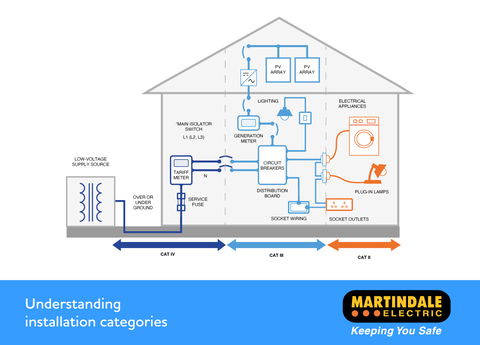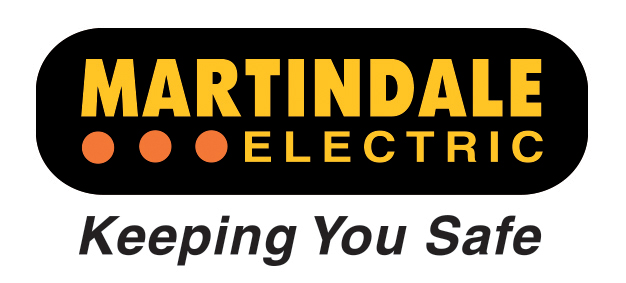Many electrical products, including vital pieces of testing equipment, are assigned a safety rating commonly known as “CAT”, falling into one of four measurement categories: a classification system determined by the International Electrotechnical Commission (IEC) which tells the user where and how equipment can be used safely.

Understanding the categories
Measurement Category I refers to measurements performed on circuits not directly connected to the mains supply, or specially protected secondary circuits such as those powered by regulated low-voltage sources.
Measurement Category II refers to measurements performed on circuits directly connected to a low-voltage mains installation and might include standard 13A socket outlets, household appliances, portable tools and equipment.
Measurement Category III refers to measurements performed within a building’s permanent installation: distribution wiring including mains bus, feeders and branch circuits or hard-wired loads.
Measurement Category IV refers to the supply side source of the building’s installation – for measurements performed at the source of the low-voltage installation such as electricity meters and measurements on primary overcurrent protection devices and ripple control units. It also includes devices and locations between the supply side of the building and the source, typically a substation.
Equipment
Matching your test equipment safety rating to the overvoltage category is absolutely critical. What’s more, testers, leads and accessories all need safety ratings equivalent to, or higher than, the overvoltage category and voltage rating in order for the location to be safe.
Test equipment used for measuring mains circuits will be marked with one or more of three measurement categories: CAT II, CAT III or CAT IV. This categorisation tells you which installations of a mains supply the equipment can be used upon safely.
Each category also has a voltage rating marked to indicate the maximum safe phase to earth system voltage – 50V, 100V, 150V, 300V, 600V or 1000V. Transient impulses are greatest for CAT IV 1000V installations – typically, the higher the category the greater the risk of circuit overload or arcs from transients, for example.
Furthermore, there is a degree of detail to understand within the ratings themselves. For instance, a CAT IV 300V, CAT III 600V marking means that the unit can only safely be used on CAT IV installations where the phase to earth voltage is <300V and on CAT III installations <600V.
Such a unit could safely be connected between phases on CAT IV installations of a 3-phase distribution system where the phase-to-phase voltage is 400V because the phase to earth voltage is 230V.
We know just how important it is to get this detail right – and to match the right equipment with the right job - which is why we continue to invest in our range of industry standard voltage indicators.
If you’re interested in learning more, staying safe and matching the right equipment to the right location visit martindale.tips/CAT-poster
